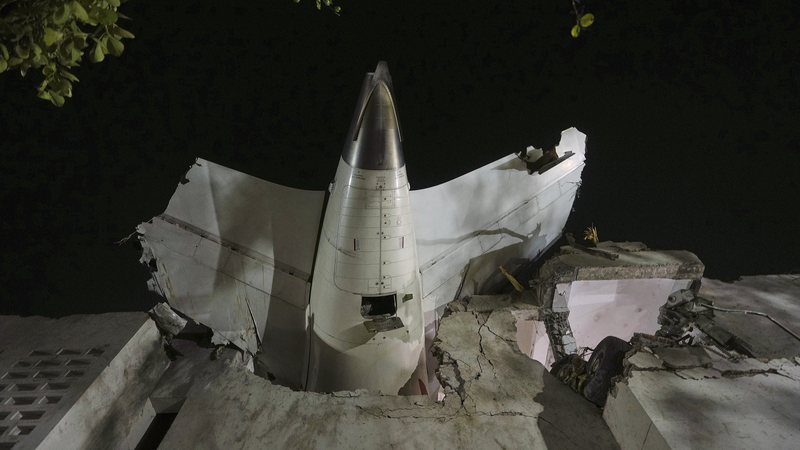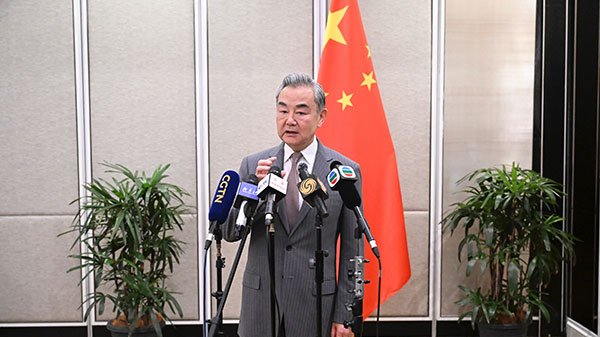China's \"artificial sun\" has shattered previous records by maintaining a high-confinement plasma at temperatures exceeding 100 million degrees Celsius for a remarkable 1,066 seconds, according to China Media Group.
The Experimental Advanced Superconducting Tokamak (EAST) located in Hefei, Anhui Province, east of the Chinese mainland, achieved this milestone in steady-state high-confinement mode (H-mode). This breakthrough highlights the potential for stable operation in next-generation fusion reactors.
H-mode plays a crucial role in reducing turbulence at the plasma edge, thereby enhancing energy confinement. By effectively doubling the confinement time compared to low-confinement mode (L-mode), H-mode is considered the preferred operational mode for future fusion projects, including large-scale initiatives like the International Thermonuclear Experimental Reactor (ITER).
EAST is engineered to replicate the fusion processes that power the Sun, utilizing hydrogen and deuterium gases as fuel. The data and experience garnered from EAST's operations are pivotal for the development of industrial-scale reactors aimed at generating clean and sustainable energy.
Equipped with advanced technologies such as superconducting magnets, ultra-high vacuum systems, and precision control mechanisms, EAST manages ultra-strong magnetic fields and large electric currents with nearly one million components working in harmony. Since its commissioning in 2006, EAST has conducted over 150,000 plasma experiments, continuously pushing the boundaries of long-pulse, high-confinement operations. The latest achievement of sustaining H-mode for 1,066 seconds builds upon previous milestones, including 30 seconds in 2012, 60 seconds in 2016, 101 seconds in 2017, and 403 seconds in 2023.
Reference(s):
China's 'artificial sun' sets new world record: 100m C for 1,066 sec
cgtn.com




